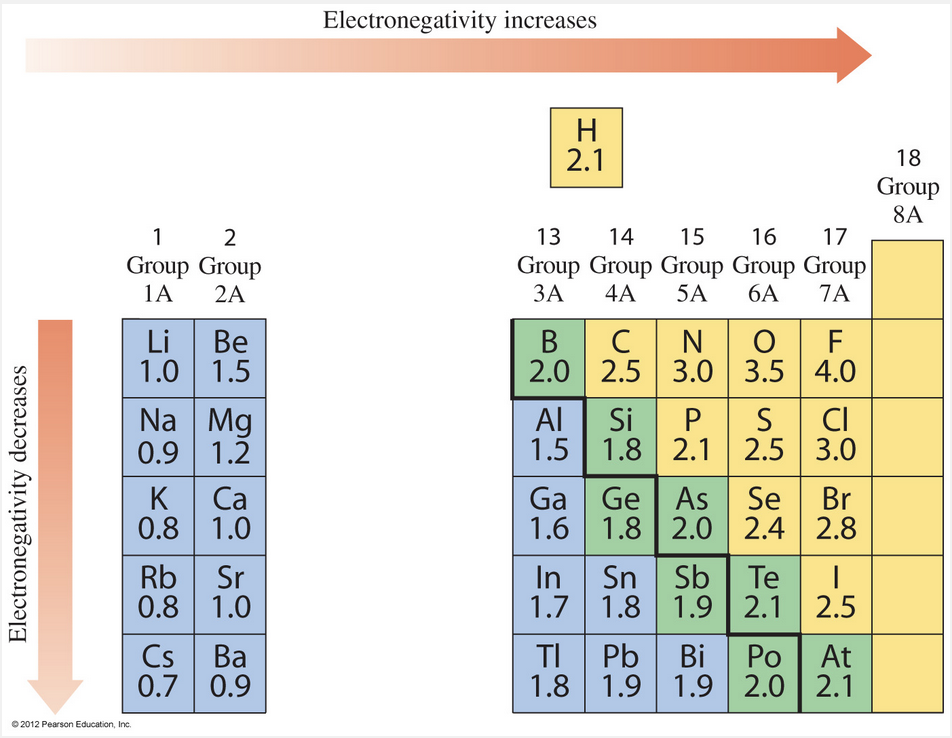
The bonding predicted by electronegativities in MgO is __________.
- ionic
- polar covalent
- nonpolar covalent
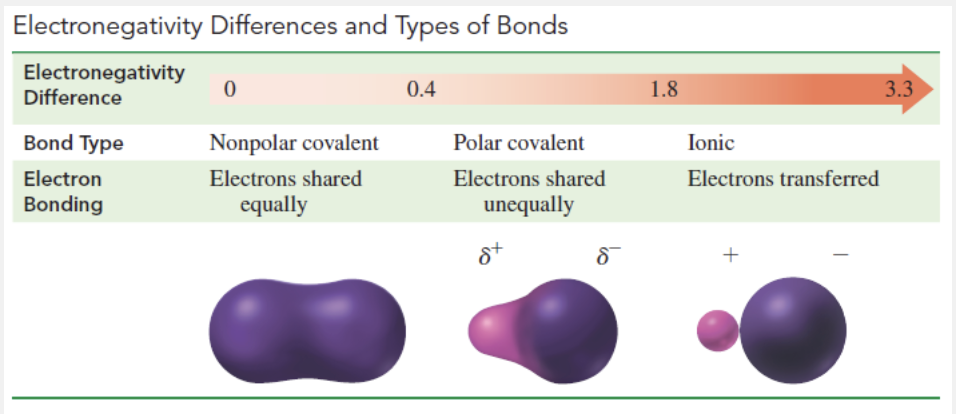
ionic
Ex.
The bonding predicted by electronegativities in MgO is ionic . The electronegativity difference between Mg (1.2) and O (3.5) is 2.3, which is a value above 1.8, predicting an ionic bond.
A polar covalent bond would have an electronegativity difference between 1.8 and 0.4. A nonpolar covalent bond would have an electronegativity difference less than 0.4.
Using the electronegativity values, the B-H bonds in BH 3 are __________.
- polar covalent
- nonpolar covalent
- ionic

nonpolar covalent
Ex.
The bonding predicted by electronegativities in BH 3 is nonpolar covalent . The electronegativity difference between B (2.0) and H (2.1) is 0.1, which is a value below 0.4, predicting a nonpolar covalent bond.
A polar covalent bond would have an electronegativity difference between 1.8 and 0.4. An ionic bond would have an electronegativity difference greater than 1.8.
State the number of valence electrons in a carbon atom.
- 12 valence electrons
- 18 valence electrons
- Four valence electrons
- Six valence electrons
Four valence electrons
Ex.
There are four valence electrons in carbon.
The group numbers from the periodic table are used to determine the number of valence electrons. Carbon is in group 4A (14).
The number six from the periodic table is incorrect because that is the total number of electrons.
The number 12 from the periodic table is incorrect since it is the mass number of carbon, 12.01 on average.
The answer 18 from the sum of the number of protons, neutrons, and electrons is not correct.

Identify the error in the given Lewis structure for N 2 H 2 .
- Hydrogen does not have enough electrons.
- The atoms should be connected as N—N—H—H.
- There are not enough electrons.
- The molecule should have only single bonds.
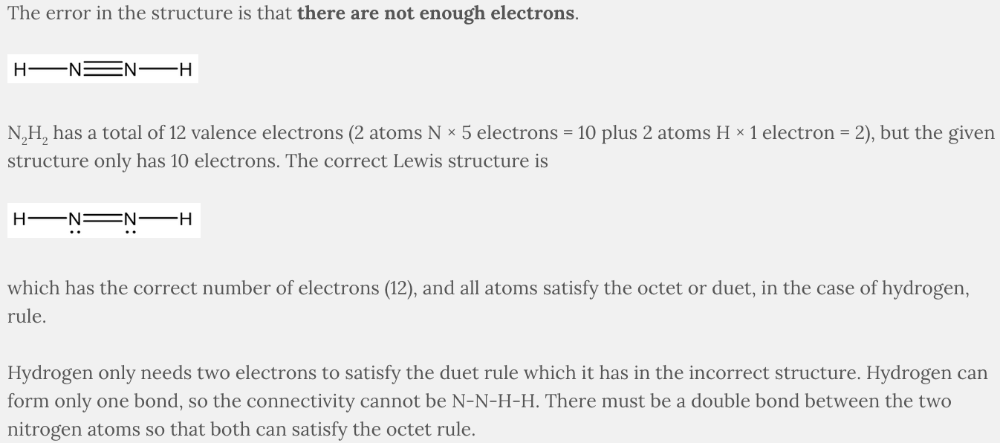
There are not enough electrons.
For elements in the periodic table, electronegativity increases from left to right and decreases from top to bottom.
Bond polarity increases with electronegativity difference between the atoms in the bond.
Of these elements, which element will form the most polar bond with fluorine?
- Carbon, C
- Oxygen, O
- Nitrogen, N
- Boron, B

Boron, B
Ex.
Boron will form the most polar bond with fluorine.
Electronegativity values increase from left to right across the periods of the periodic table and decrease down the column. Fluorine has the highest electronegativity value, so the element with the lowest electronegativity will have the most polar bond because it will have the greatest difference in electronegativity.

Bond polarity increases with electronegativity difference between the atoms in the bond.
Of the bonds suggested, which bond is the most polar?
- N-P
- B-Cl
- P-S
- C-N
B-Cl
Ex.
The most polar bond is B-Cl because it has the largest difference in electronegativity (1.0).
The difference in electronegativity of the other bonds is less. C-N has a difference of 0.5, N-P has a difference of 0.9, and P-S has a difference of 0.4.
State the total number of valence electrons in SO 2 .
- 32 valence electrons
- 12 valence electrons
- 24 valence electrons
- 18 valence electrons
18 valence electrons
Ex.
There are 18 valence electrons in the molecule SO 2 .
The group numbers from the periodic table are used to determine the number of valence electrons. Sulfur has six valence electrons (1 atom × 6 electrons), and each oxygen has six valence electrons (2 atoms × 6 electrons). Therefore, SO 2 has a total of 18 valence electrons.
The answer 12 valence electrons could result when the sum does not consider that there are two oxygen atoms.
The answer 32 valence electrons is incorrect and could result from using the number of protons found in sulfur and oxygen in the calculation instead of the valence electrons.
The answer 24 valence electrons is incorrect since this could result from adding the valence electrons from two sulfur atoms in addition to the two oxygen atoms.
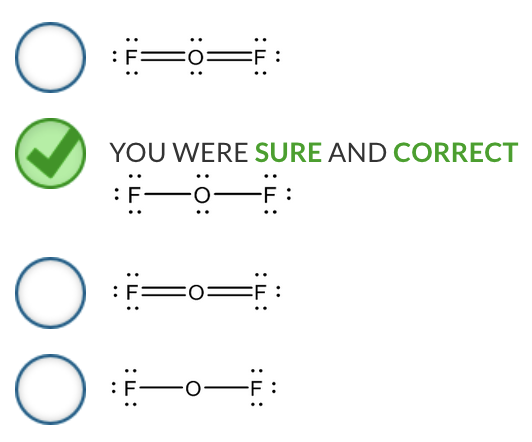
Choose the correct Lewis structure for OF 2 .
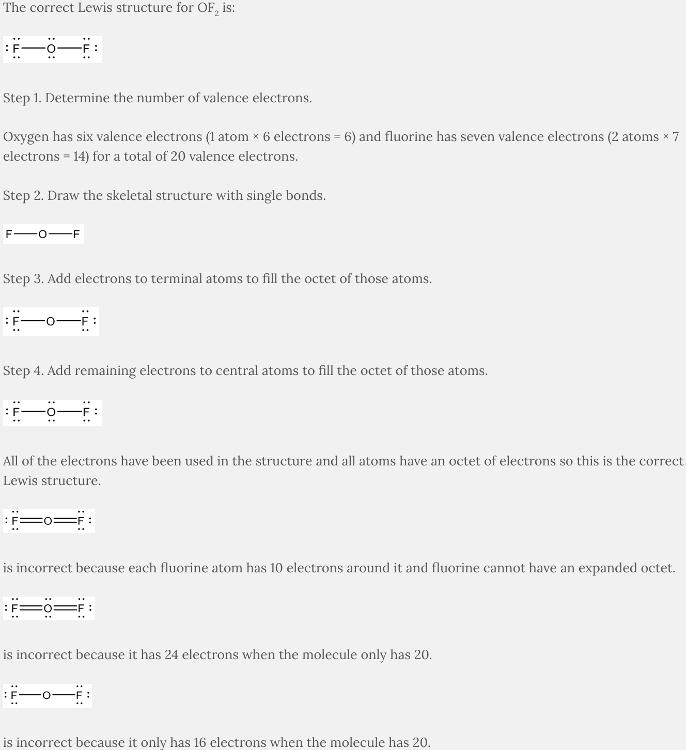
When is it appropriate to form double or triple bonds in a Lewis structure?
- Anytime there is a bond from the central atom to oxygen
- When the central atom does not have an octet of electrons
- Anytime a terminal atom has a lone pair of electrons
- When the central atom has an expanded octet
When the central atom does not have an octet of electrons
Ex.
It is appropriate to form double or triple bonds in a Lewis structure when the central atom does not have an octet of electrons .
Forming a double or triple bond to an atom that already has an expanded octet only adds more electrons around the central atom. While oxygen can form double bonds to the central atom, it does not always form a double bond. Terminal atoms can have lone pairs of electrons without forming a double or triple bond.
For elements in the periodic table, electronegativity increases from left to right and decreases from top to bottom.
Bond polarity increases with electronegativity difference between the atoms in the bond.
Which combination of elements will be most likely to form an ionic compound?
- Nonmetal and nonmetal
- Metal and nonmetal
- Metal and metal
Metal and nonmetal
Ex.
A metal and nonmetal are most likely to form an ionic compound because metals tend to have low electronegativity values and nonmetals have high electronegativity values. A difference in electronegativity values greater than 1.8 indicates that an ionic bond will form.
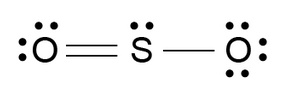
For this exercise about resonance structures, the valence electrons are asked to be redistributed among the atoms while continuing to satisfy the octet rule. In other exercises, a resonance structure with an expanded octet on sulfur could be the correct answer.
While continuing to satisfy the octet rule, choose a resonance structure for:
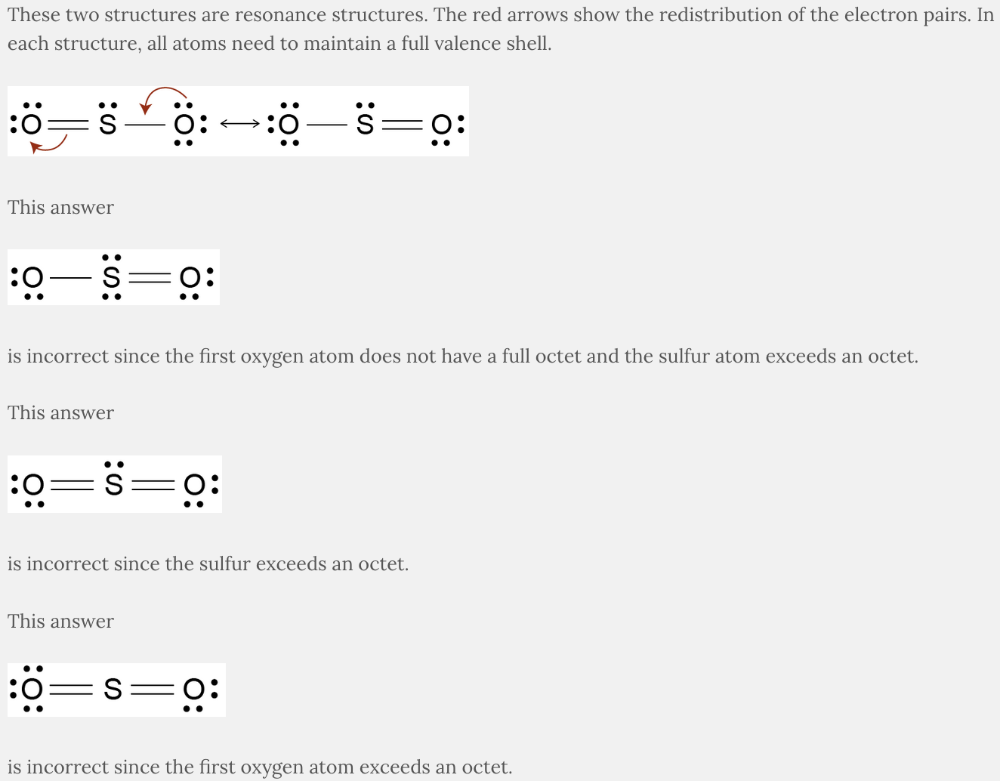
How many covalent bonds are usually formed by the element C?
- Three bonds
- Two bonds
- Four bonds
- One bond
Four bonds
Ex.
The element carbon usually forms four bonds .
The number of covalent bonds that a nonmetal forms is usually equal to the number of electrons it needs to acquire a stable electronic structure. Carbon is in group 4A (14) and has four valence electrons. The addition of four electrons would result in a full octet.
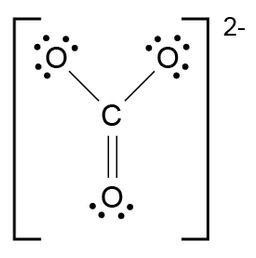
In resonance structures, the valence electrons are redistributed among the atoms while continuing to satisfy the octet rule.
Choose a resonance structure for:


In resonance structures, the valence electrons are redistributed among the atoms while continuing to satisfy the octet rule.
Choose a resonance structure for
